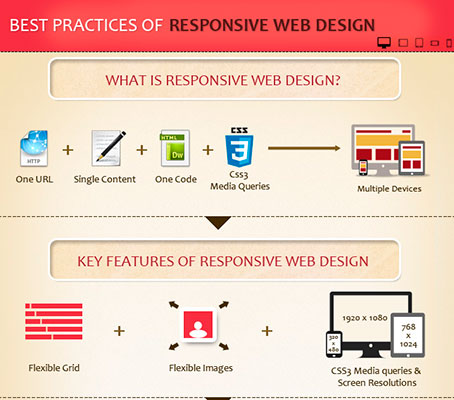Prepare To Trip Via Time And Uncover Just How Websites Have Actually Come To Be A Lot More Advanced, User-Friendly, And Visually Magnificent
Prepare To Trip Via Time And Uncover Just How Websites Have Actually Come To Be A Lot More Advanced, User-Friendly, And Visually Magnificent
Blog Article
Author-Rasmussen Hyldgaard
In the past, web sites were simple and concentrated on details. Navigating was direct, and design was for desktops. Now, individual experience is vital. Data overviews designs for easy navigating. Responsive formats suit different gadgets. Today, dark mode lowers pressure, and minimal menus improve navigation. Interactive features engage individuals, and bold visuals stand apart. AI combination boosts involvement. See just how design has actually developed to boost your on the internet journey.
Very Early Days of Web Design
In the very early days of web design, simplicity preponderated. Sites were fundamental, with limited colors, font styles, and formats. The emphasis was on offering info as opposed to fancy visuals. Customers accessed the web with sluggish dial-up connections, so speed and functionality were vital.
Navigation menus were straightforward, normally located at the top or side of the web page. Internet sites were made for desktop computers, as mobile browsing had not been yet common. Material was king, and designers focused on simple readability over complicated layout components.
HTML was the primary coding language utilized, and designers needed to work within its restraints. Computer animations and interactive functions were minimal contrasted to today's standards. Web sites were fixed, with little vibrant material or customized customer experiences.
Increase of User-Focused Style
With the advancement of website design, a change towards user-focused design concepts has ended up being significantly noticeable. Today, developing websites that prioritize customer experience is important for engaging visitors and achieving business objectives. User-focused design includes comprehending the requirements, preferences, and habits of your target market to customize the web site's design, web content, and includes accordingly.
Designers now conduct detailed study, such as individual surveys and use testing, to gather insights and responses directly from individuals. This data-driven method assists in developing user-friendly navigation, clear calls-to-action, and aesthetically appealing user interfaces that resonate with site visitors. By placing the individual at the facility of the layout procedure, web sites can provide a much more individualized and pleasurable experience.
Receptive layout has likewise emerged as an essential element of user-focused style, ensuring that sites are maximized for numerous gadgets and display sizes. This adaptability boosts ease of access and functionality, catering to the diverse means individuals communicate with sites today. Basically, the increase of user-focused design indicates a shift in the direction of creating digital experiences that focus on the needs and expectations of the end user.
Modern Trends in Website Design
Discover the most up to date trends shaping web design today. One popular fad is dark mode design, offering a smooth and modern appearance while minimizing eye strain in low-light settings. Suggested Reading is minimalist navigation, streamlining menus and improving user experience by focusing on essential elements. Incorporating micro-interactions, such as computer animated switches or scrolling results, can produce an extra engaging and interactive website. Responsive layout remains important, ensuring smooth customer experiences across numerous tools. In addition, making use of vibrant typography and asymmetrical formats can include visual interest and accentuate certain material.
Integrating AI technology, like chatbots for consumer support or personalized suggestions, boosts customer interaction and enhances processes. Accessibility has additionally end up being a considerable trend, with developers focusing on inclusive style techniques to deal with varied individual demands. Accepting sustainability by optimizing site efficiency for speed and effectiveness is another emerging fad in web design. Teaming up with user responses and data analytics to repeat and improve design continuously is essential for staying relevant in the ever-evolving electronic landscape. By accepting these contemporary patterns, you can produce an aesthetically enticing, easy to use website that resonates with your audience.
Conclusion
As you assess the development of site design from the very early days to now, you can see how user-focused design has come to be the driving pressure behind contemporary fads.
Accept the journey of modification and adaptation in web design, always keeping the customer experience at the leading edge.
Tippingpointdigital
Stay present with the latest trends and technologies, and never stop evolving your technique to produce aesthetically spectacular and easy to use web sites.
Evolve, adapt, and produce - the future of website design remains in your hands.
